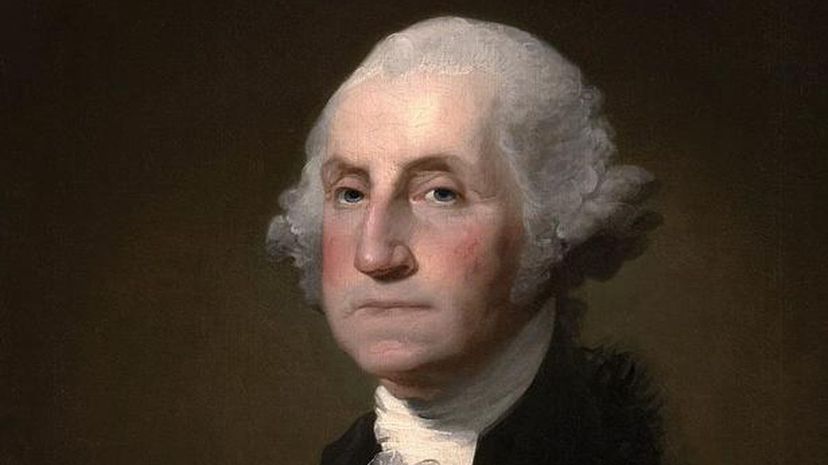
About This Quiz
With 45 presidents who have graced the White House with their political strategies and genius, the best way to document them became clear: paint a portrait of them to be hung at the Smithsonian. Not only does this give us a clear timeline of history, it helps us remember the awesome fashion sense that was going on in the White House over the lifespan of America.
Whether you're looking at the portrait of John Adams looking away from the artist or Grover Cleveland taking up the entire frame or Zachary Taylor in full military garb, you probably notice that the majority of our presidents have a graceful, powerful look that attempts to exude manliness ... that is, until you get to John F. Kennedy's portrait, which is unlike any presidential portrait before or after.
Whether you're a history buff or you're just ready to try your hand at identifying all 45 presidents of the United States, this quiz is all you should be looking for. Let's see if you can identify every president by his presidential portrait ... fair warning: you're going to see a lot of stern faces and epic beards in this quiz.
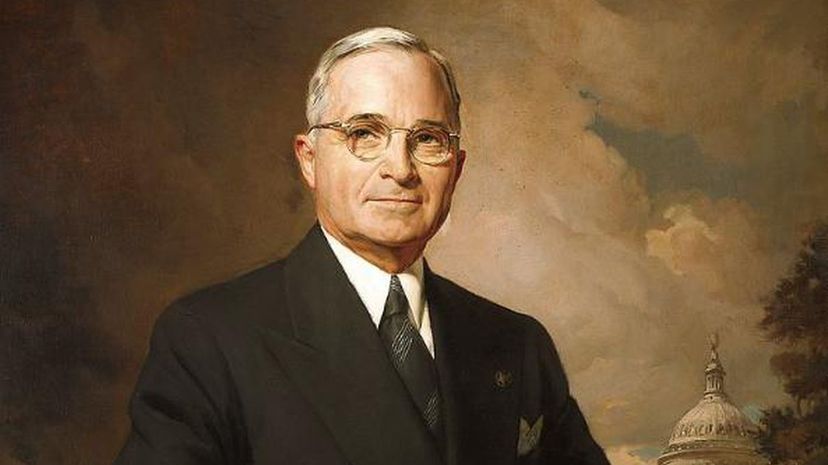
Harry S. Truman was only the vice president for a few weeks before F.D.R. died and passed the torch to him. He was not prepared for a wartime presidency and had not been updated on what was happening around the world. He was noted as saying: "I felt like the moon, the stars, and all the planets had fallen on me."
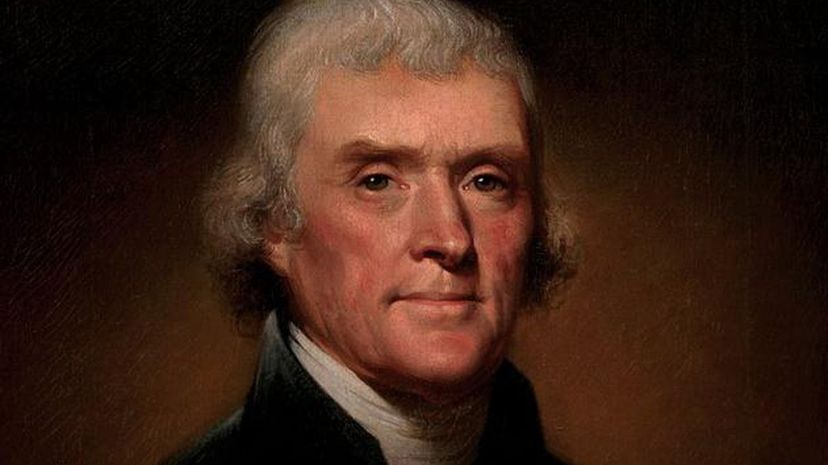
Thomas Jefferson wore many hats, including philosopher, architect and lawyer. Few people realize that Jefferson was the vice president for John Adams, the second president of the United States.
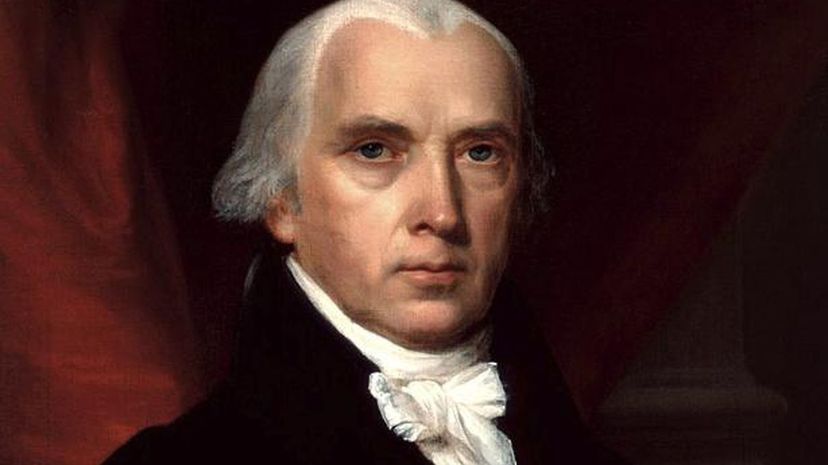
Also one of the Founding Fathers, James Madison was the president from 1809-1817. He died only 18 years later in Virginia. He was a very serious man whose nickname was the Father of the Bill of Rights.
Advertisement
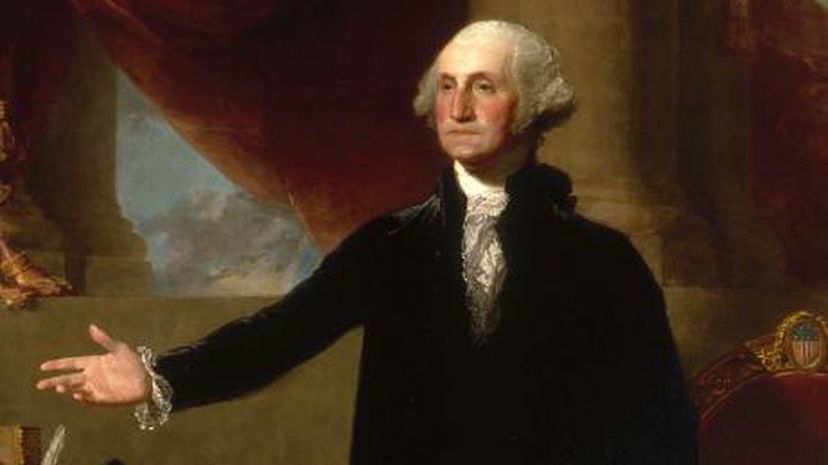
George Washington is famously known as the first president. He was a military general, leading us to victory in the War for Independence, and he was one of the Founding Fathers. He served as president from 1789 to 1797.
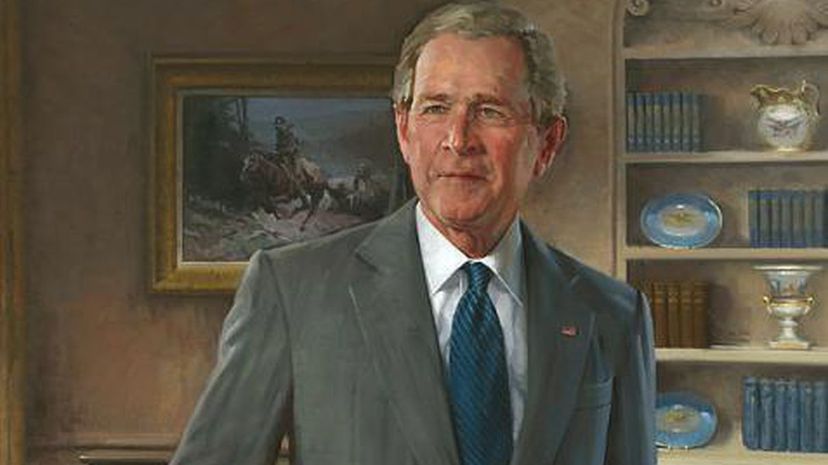
George W. Bush will forever be known as the man who was president both pre- and post-9/11. He took the country over when we were prosperous, safe and happy, and everything turned around in the blink of an eye.
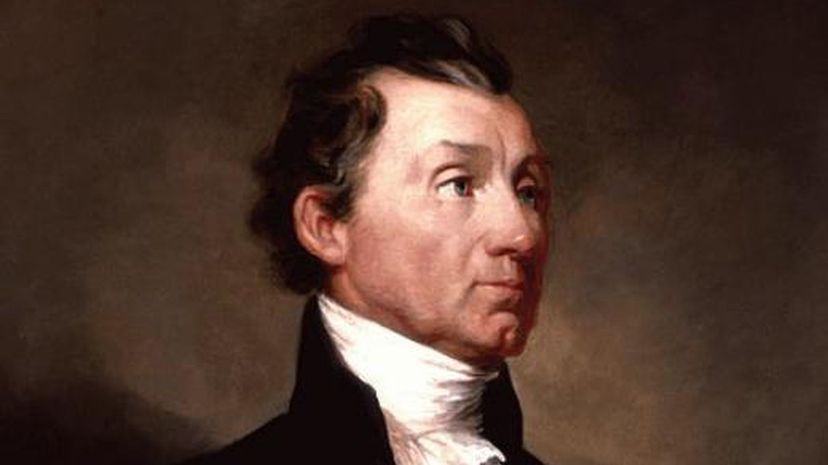
James Monroe was president during the Era of Good Feelings. This era was a time in political history when the United States gained a sense of national purpose and fostered unity as a nation after the War of 1812.
Advertisement
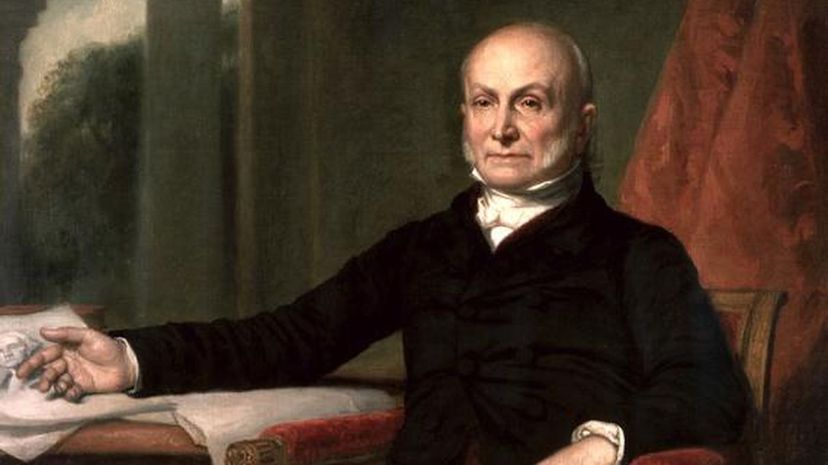
Before becoming president, John Quincy Adams served as the Secretary of State to James Monroe. He was born in Massachusetts and became a statesman, lawyer and diplomat at a young age.

Barack Obama faced a lot of push-back from Republicans in the senate and house during his presidency. However, his push for civil rights, social equality and foreign affairs may just mark him one of the best presidents yet.
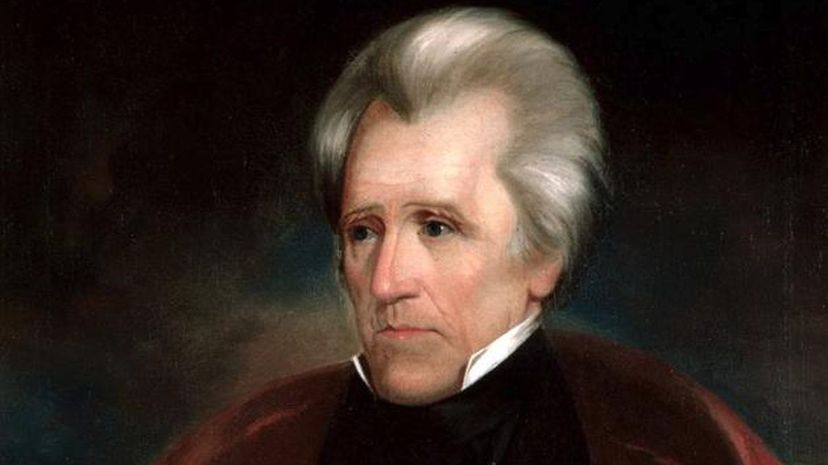
Alright, so his presidential portrait makes him look a little like Dracula. Luckily, they chose a different portrait for his likeness on the $20 bill. Before becoming the president, Jackson was a general in the United States Army.
Advertisement
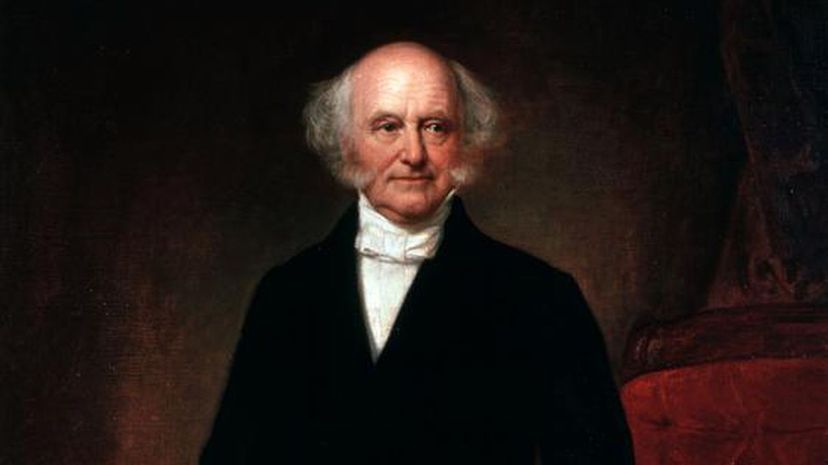
Standing at only five feet, six inches, it is no wonder that Martin Van Buren's nickname was The Little Magician. He might not look like much, but he took his presidency very seriously. Additionally, he was the first president that was born after the United States won independence from the British Empire.
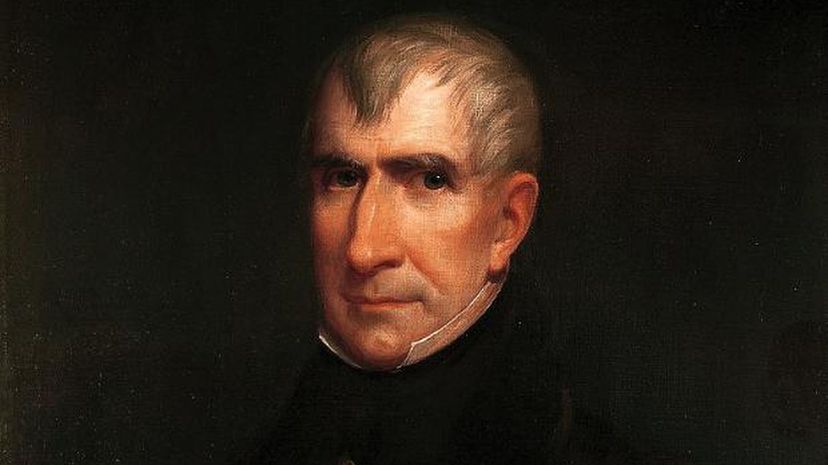
William Henry Harrison holds many records in the office of the president. First of all, he was the first president to die while in office. Secondly, he was the president with the shortest term, lasting only 31 days before he died.
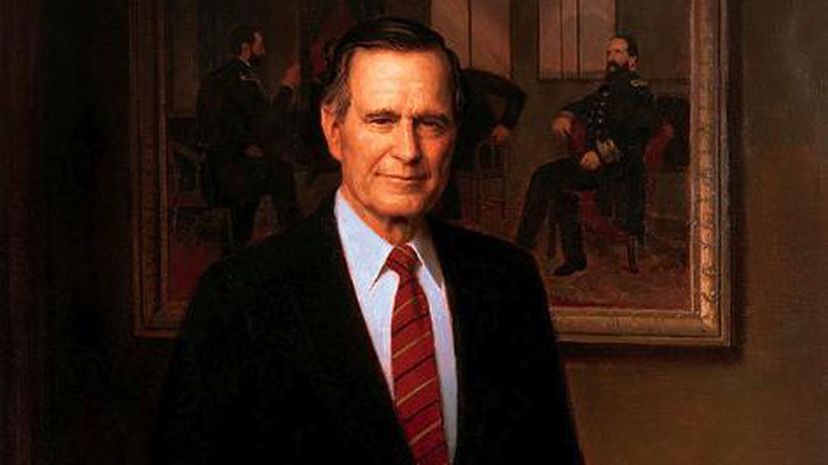
After Reagan's success with all points in America, it only made sense to elect his vice president to take his place. However, getting the country mixed up in the Middle East really turned people off to George H.W. Bush.
Advertisement
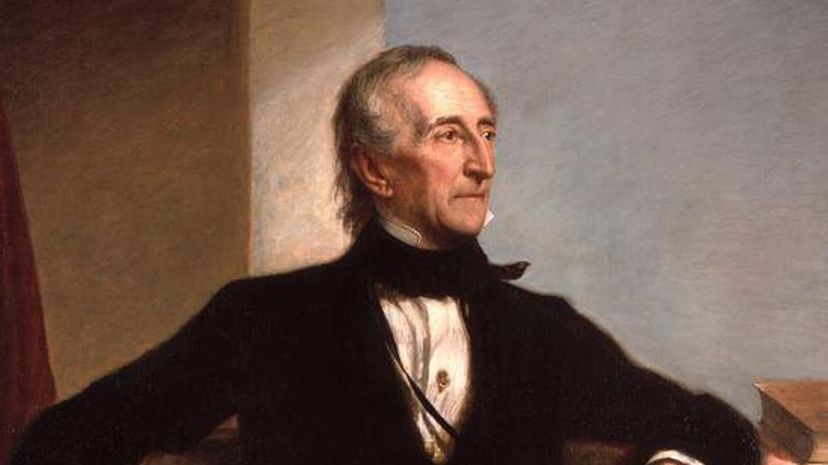
The vice president to William Henry Harrison (the president who only lived to see 31 days in office), John Tyler had big shoes to fill when he took the oath of office. Tyler merely finished off Harrison's term and did not become president for a second term.
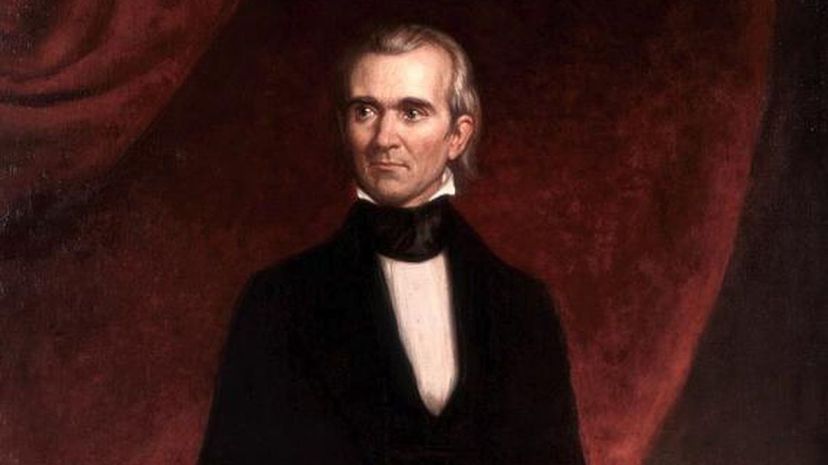
James K. Polk was the Speaker of the House of Representatives before he took on the presidency. He was also the governor of Tennessee for a period of time before moving up. This member of the Democratic party pushed for Jacksonian democracy.
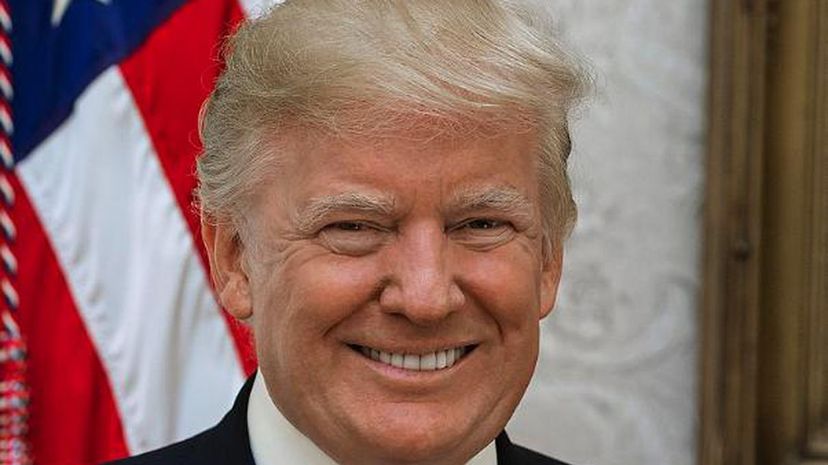
Recognizing Donald Trump's face is simple enough. One of his mottoes is that you should never stop campaigning, and for the first term of his presidency, he certainly has not stopped. Donald Trump is also the president who founded the United States Space Force.
Advertisement
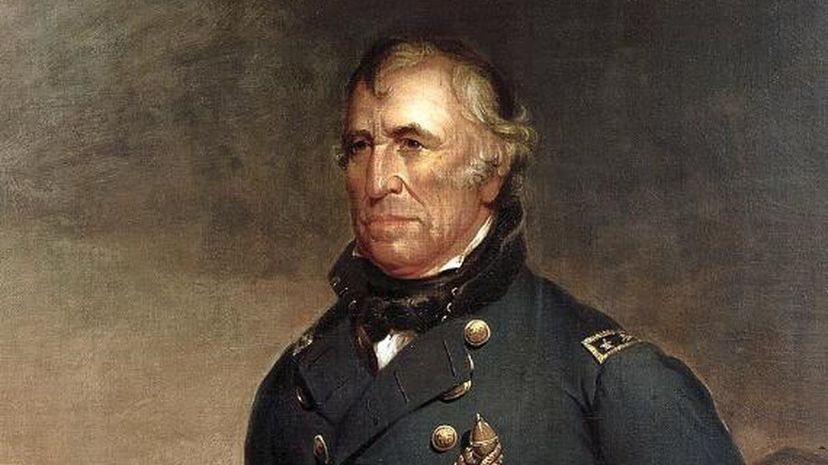
Zachary Taylor had a short stint as the president of the United States. About a year and a half after he was sworn in, Taylor died of a stomach virus ... because it was 1850, and people still died of stomach viruses back then.
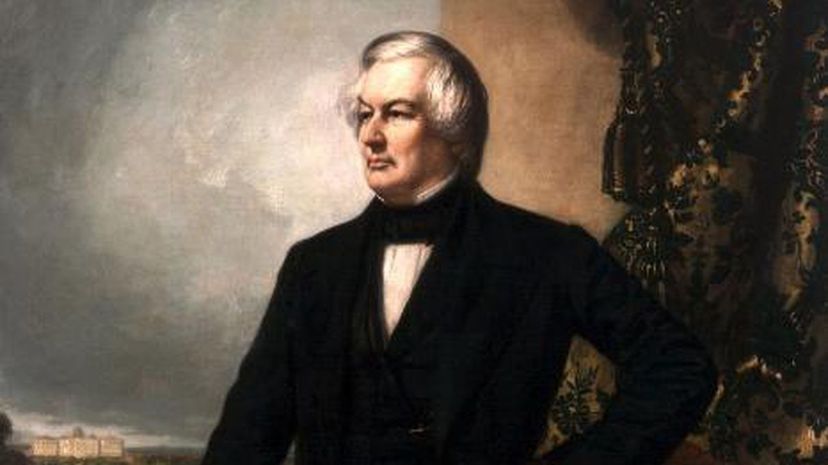
Millard Fillmore was the last president of the United States who was considered a member of the Whig party. The party dissolved after tensions about stances on slavery tore the party apart.
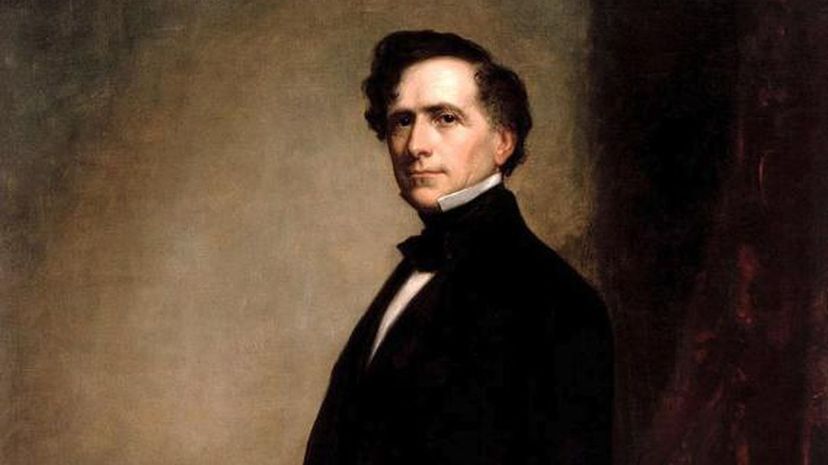
At the young age of 24, Franklin Pierce began his career in politics. He was elected to the New Hampshire legislature in 1828, and in only two years became the speaker of the New Hampshire legislature. He was both a representative and a senator of New Hampshire as well.
Advertisement
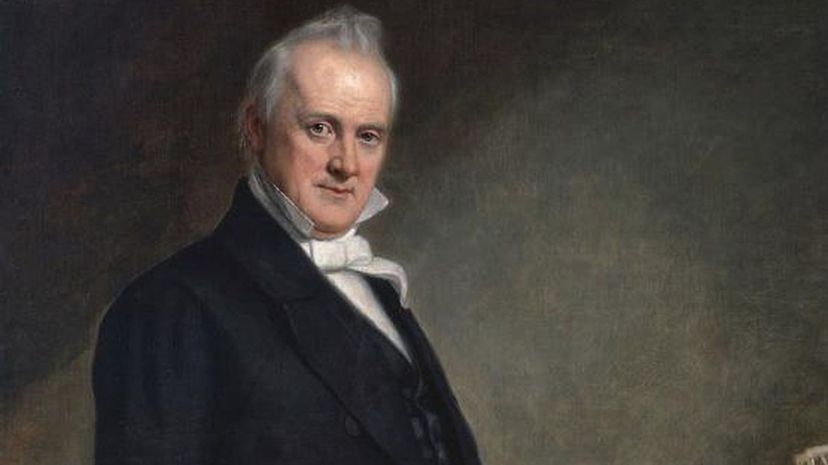
As the nation began to divide over the topic of slavery (as well as many other issues), James Buchanan took his seat as the president of the United States. Buchanan was also the only president in history who was never married.

Lincoln may have delivered some of the most profound speeches in U.S. history, but he was the first president to come from humble roots. Both of his parents came from "undistinguished families," as he put it.
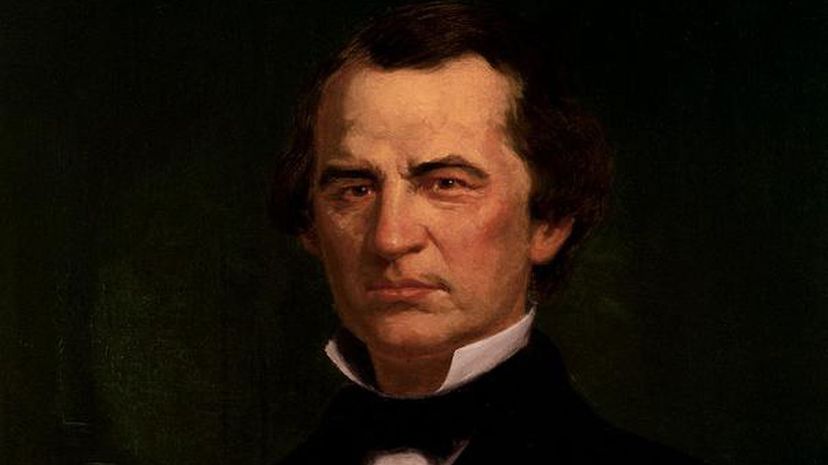
Entering office after the assassination of President Abraham Lincoln was Andrew Johnson. He was a democrat, and the republicans in congress did everything in their power to take him down. Like Lincoln, however, Johnson came from humble roots.
Advertisement
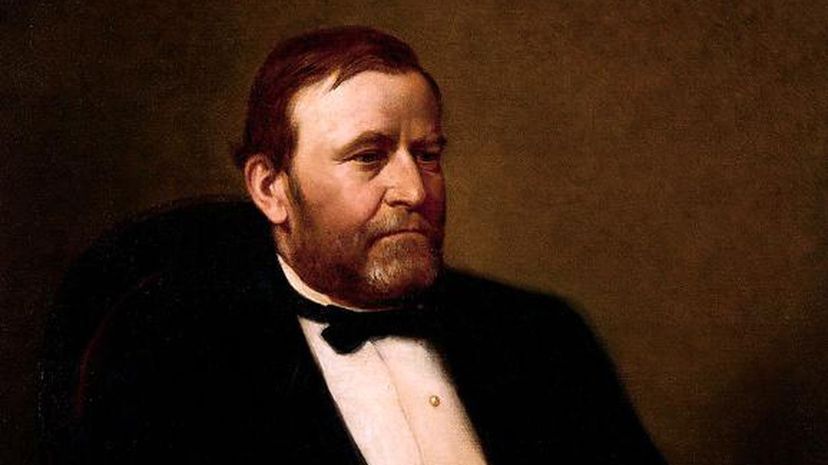
General Ulysses S. Grant was a war hero for the Union side and wanted nothing more than to take down Johnson after Lincoln's death. He added himself to the Radical Republican party, and he won the presidency in 1869.
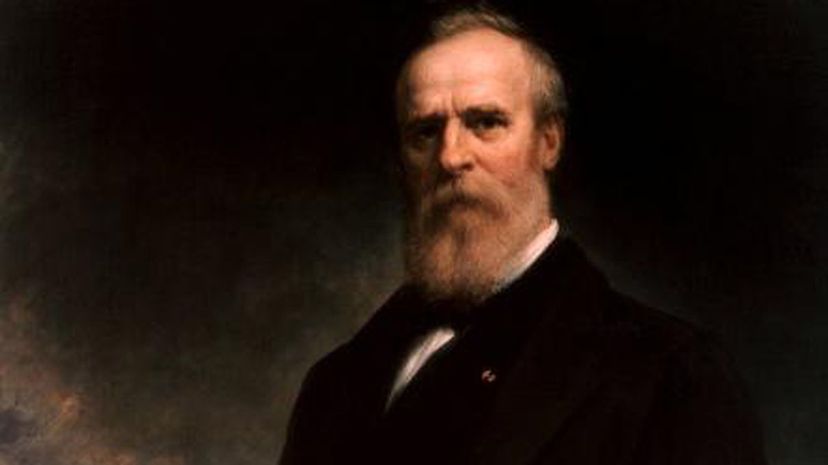
In his early political career, Hayes ran for the House of Representatives but refused to actually campaign for the position. He won by a great majority and entered Congress in 1865.
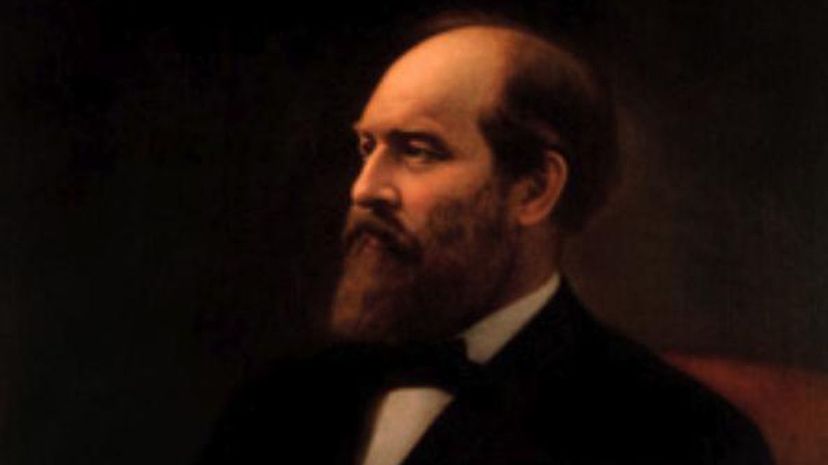
James Garfield was another president with humble beginnings. He fought vehemently for the rights of the public and wanted nothing more than to take down political corruption in Washington.
Advertisement
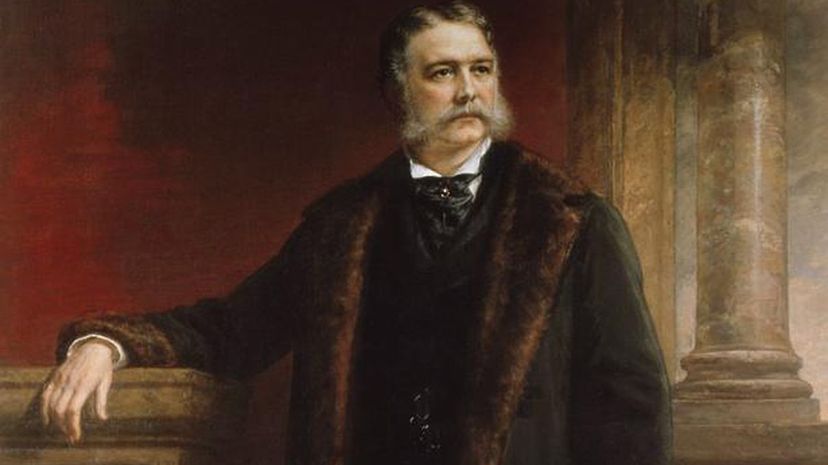
When people described Arthur, they said that he "looked like a president." Beginning as a New York City lawyer, it was clear that Chester Arthur liked the finer things, and becoming president helped him get them.
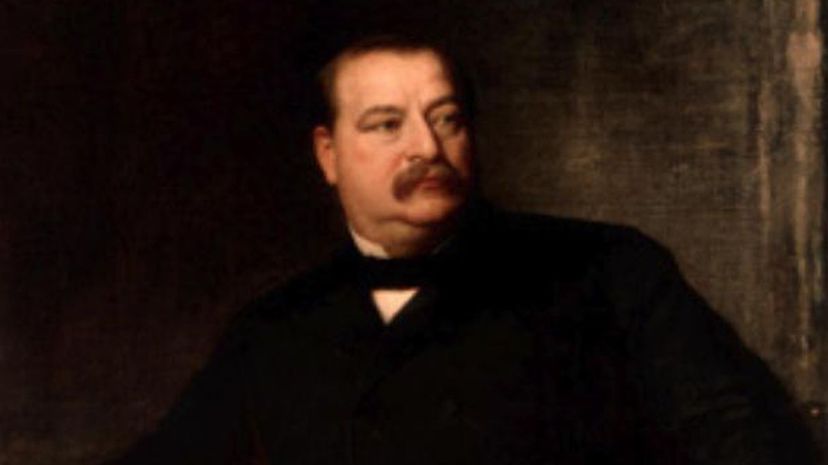
After the Civil War, it took a long time for a democrat to get in office, and Grover Cleveland was that president. He was also the only president to get married while still living in the White House.
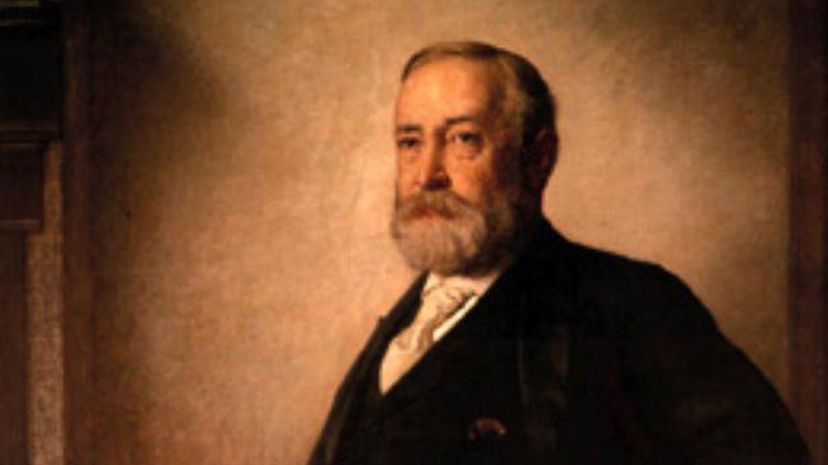
Nicknamed "Little Ben" for his small stature (he was only 5'6"), Benjamin Harrison's career began in Indianapolis, where he practiced law and helped republican campaigns. His major areas of focus were helping Native Americans, homesteaders and Civil War veterans.
Advertisement
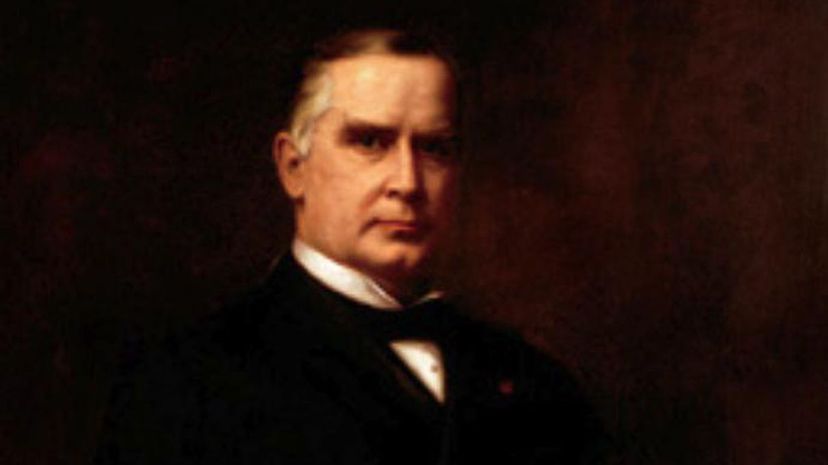
At the early age of 34, William McKinley was elected to Congress. He was known to have an attractive personality, a quick wit and a character like no other. This personality is really what got him elected.
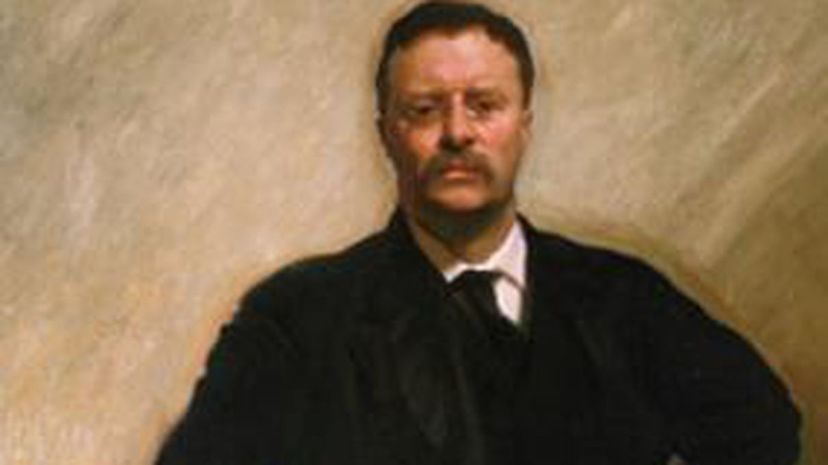
Teddy Roosevelt was the youngest president of his time, entering the White House at the age of 42. He focused on both domestic issues and foreign policy, and he worked specifically for the people of our country.
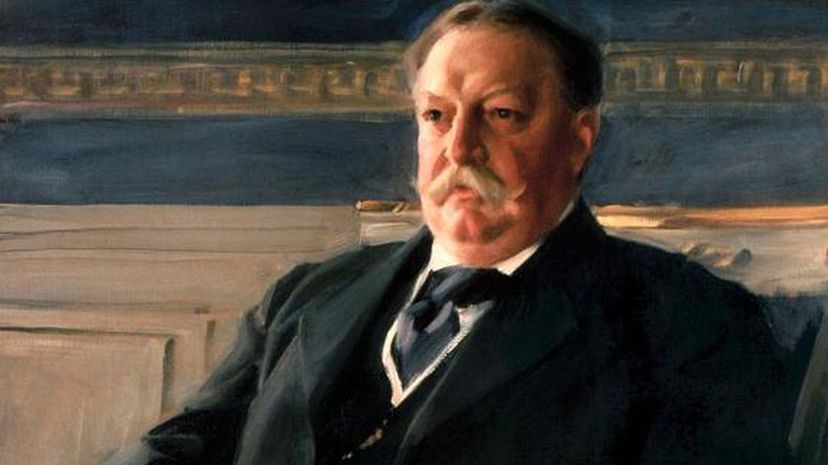
While most don't define Taft as an unsung hero, he did get a lot of flack in his four years as the president. Many thought he was great at his work in law, but they realized he couldn't handle the job of the president of the United States. He received little to no recognition for the achievements that were made during his administration.
Advertisement

Wilson ran the country very much like Theodore Roosevelt. He considered himself a servant of the people. He was the president that entered the U.S. into World War I, but he did so to ensure that democracy was safe for all.
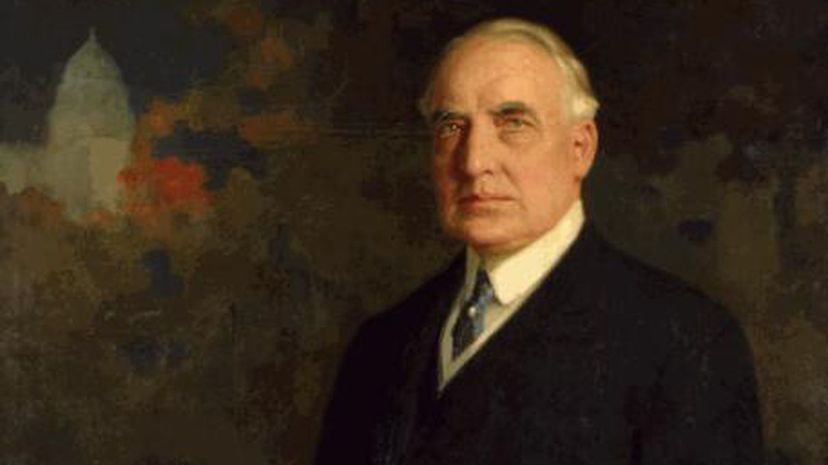
Unlike his predecessors, Warren G. Harding was not interested in the battles being fought overseas. He wanted to ensure that the American people were happy and healthy. Before he was elected, he even said, "America's present need is not heroics, but healing."
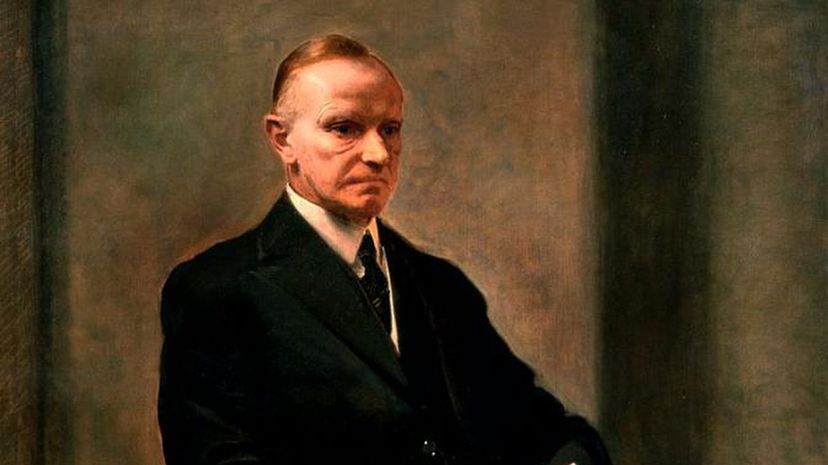
Calvin Coolidge took the place of Warren G. Harding after his death in 1923. Coolidge was known more for his personality and less for his heroics, and he focused his presidency on restoring dignity to the office.
Advertisement
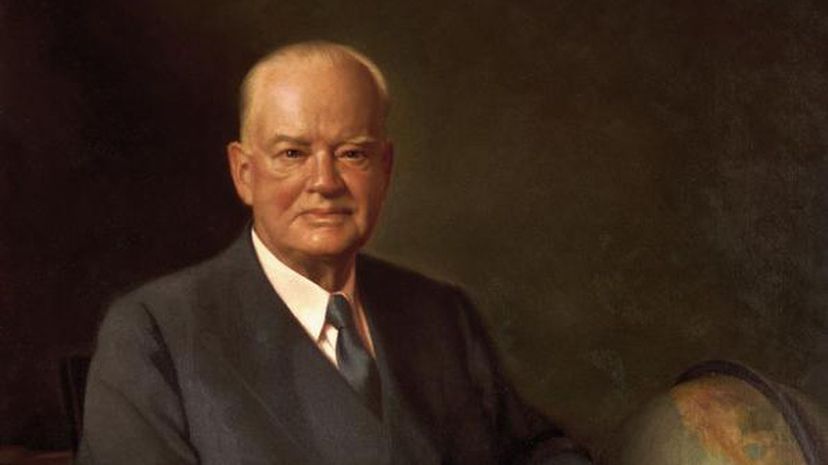
Herbert Hoover was a hero his entire life. After graduating from Stanford, he headed to China, where he was caught up in the Boxer Rebellion. He saved the lives of countless Chinese children. Afterward, he went to London, where he learned that Germany declared war on France, and he helped get stranded American tourists home. This was all before he became the president.
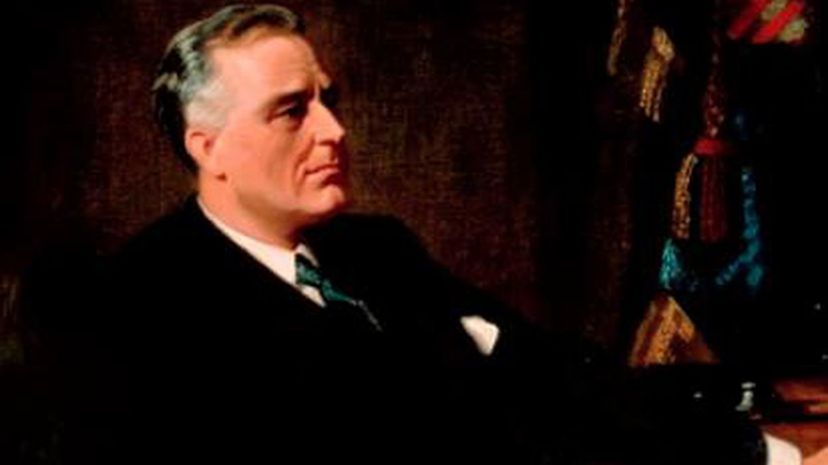
The Great Depression was in full swing when Franklin D. Roosevelt took office. He worked hard to restore hope and faith in the American public. They loved him so much, he was elected for a third term and served as the president until his death.
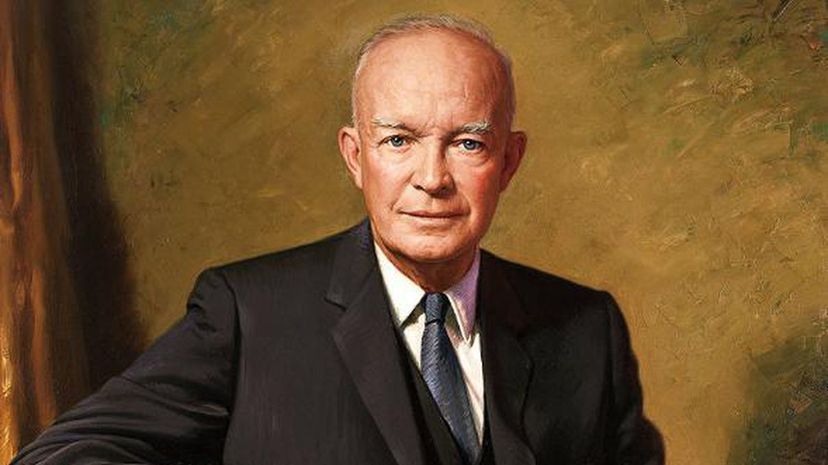
Eisenhower was a republican president who was proud of peace in his country throughout his term. He remarked that this was not an easy task, as there were forces all around him wanting the profits of war.
Advertisement

John F. Kennedy's presidential portrait wasn't unveiled in the White House until 1971. It is a portrait like no other, playing with muted tones and a completely different pose than any other president's official portrait.

Both Kennedy and Lincoln were assassinated, and both Kennedy and Lincoln were followed up by a president with the last name Johnson. Lyndon B. Johnson followed Kennedy's love for space and worked toward the race to the moon as well as civil rights around the country.
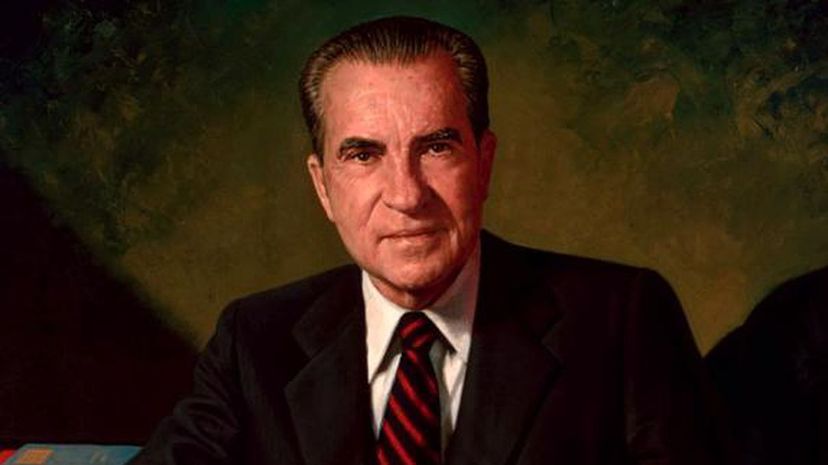
Few people realize that before the scandal, Richard Nixon was considered one of the best presidents to hold office. The people loved him, and he was held in high regard. However, when he began sneaking around and trying to dig up dirt for the election, things went south for him.
Advertisement

Nixon was the first president to resign, and Gerald Ford was the first vice president to use the 25th amendment for succession after resignation. Under Ford, there were several energy shortages, issues with growing the economy and post-war healing.
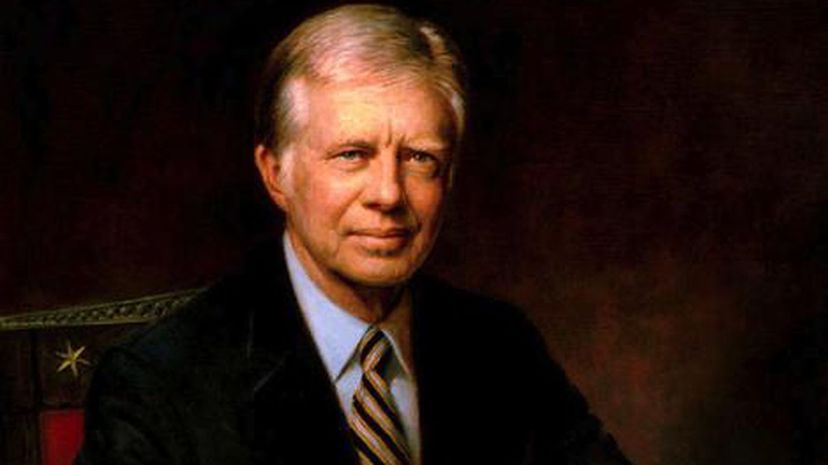
While many don't necessarily think of Jimmy Carter as a great president, he did have a lot of things to tackle in his four short years. Perhaps he shouldn't have promised the American public a compassionate government, as Reagan later brought more harshness to the table.
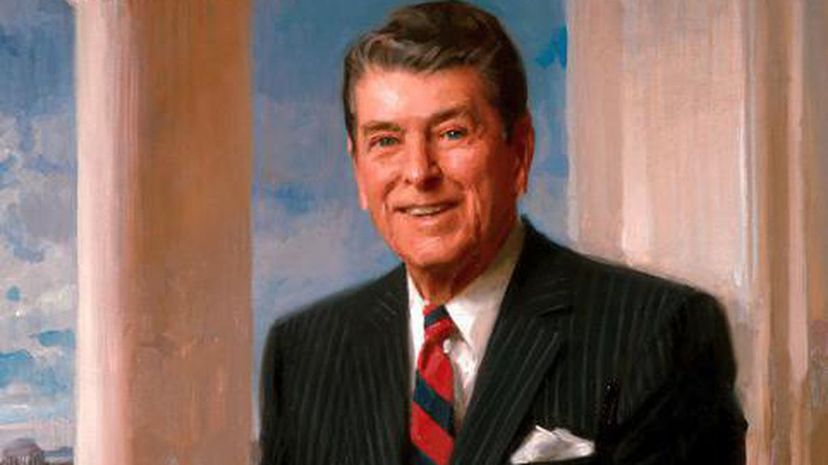
Ronald Reagan was loved by both democrats and republicans. He was an intense leader who encouraged Americans to get out and make their dreams come true. Even after the assassination attempt on his life, Reagan ran the country with vigor and charisma.
Advertisement
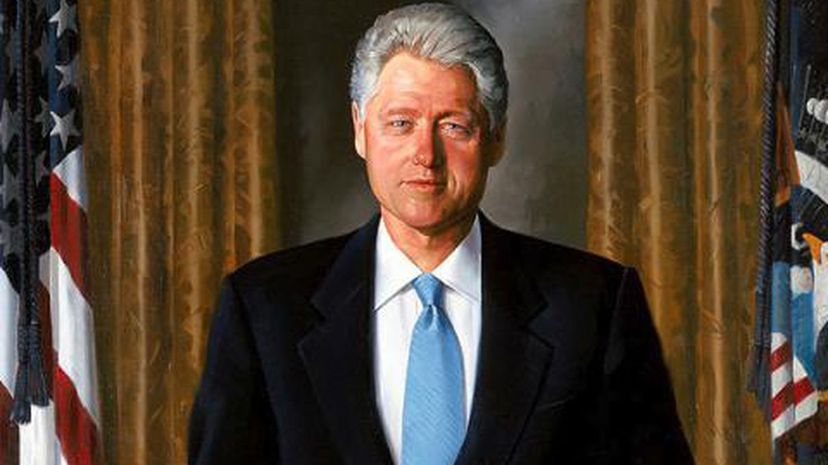
The American public wanted a new way of looking at things in the 1990s, and Bill Clinton delivered. However, with scandal after scandal rocking his presidency, people soon realized that he may have been good for the economy, but he was not good for family values.
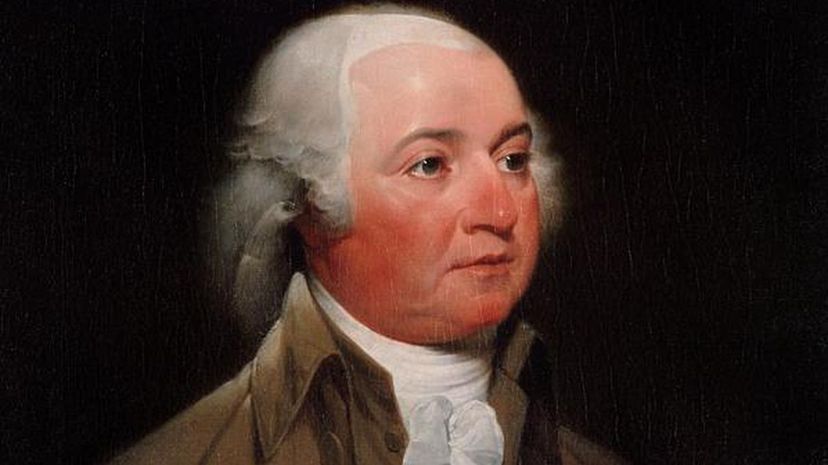
The second president of the United States was John Adams. He was the first president to only serve one term. He did, however, have one of the longest lifespans of a president, living to be nearly 91 years old.